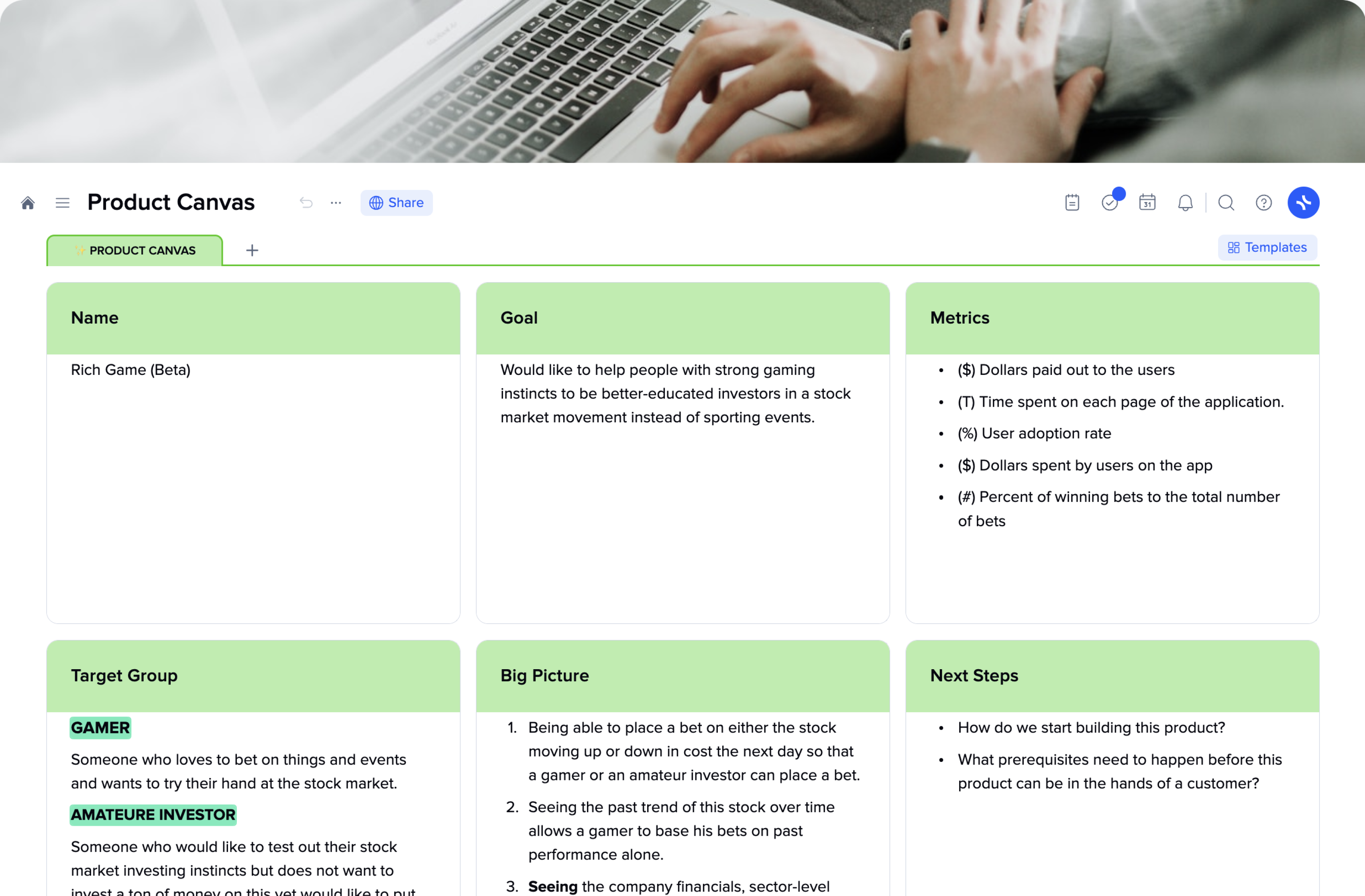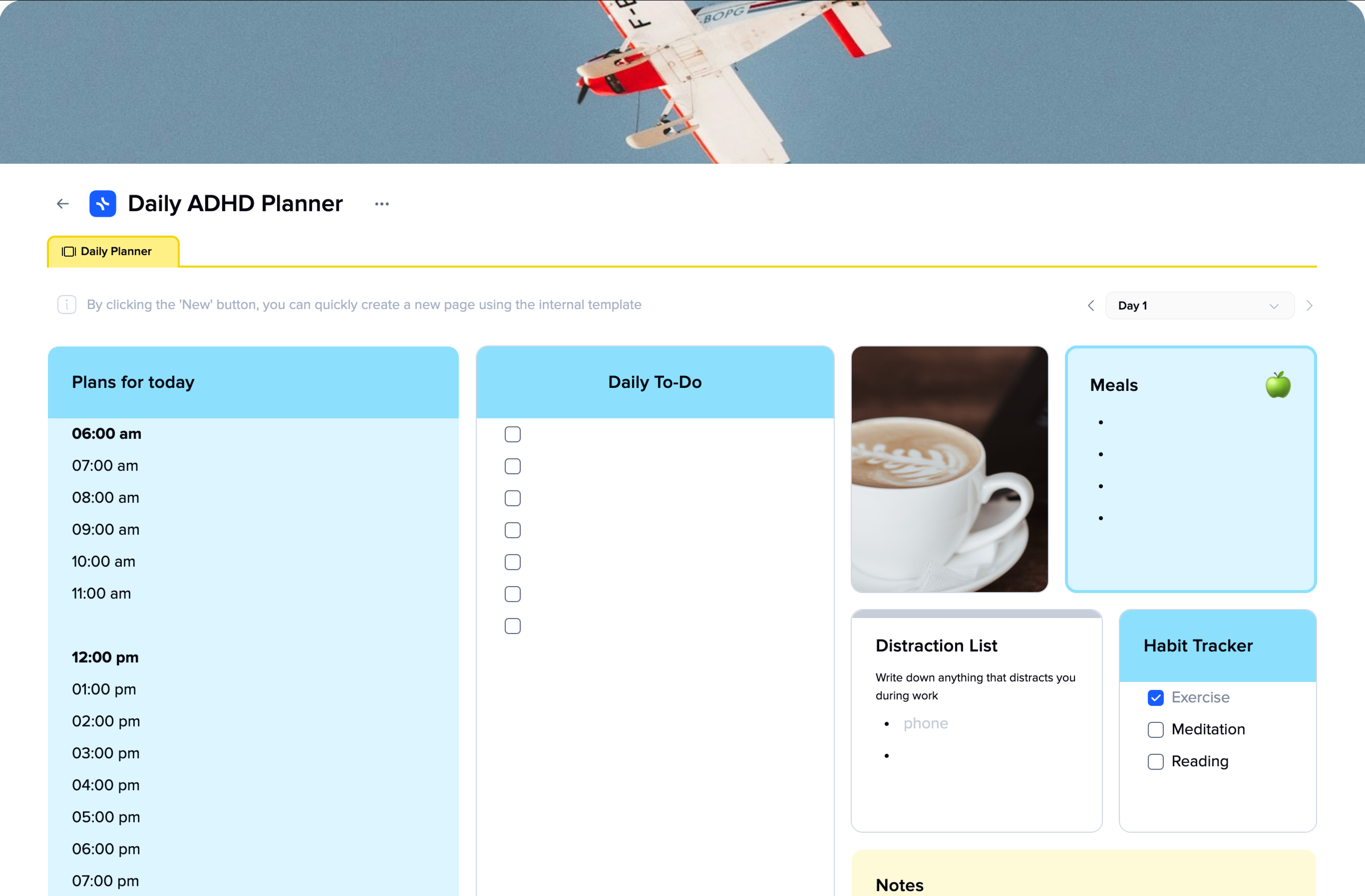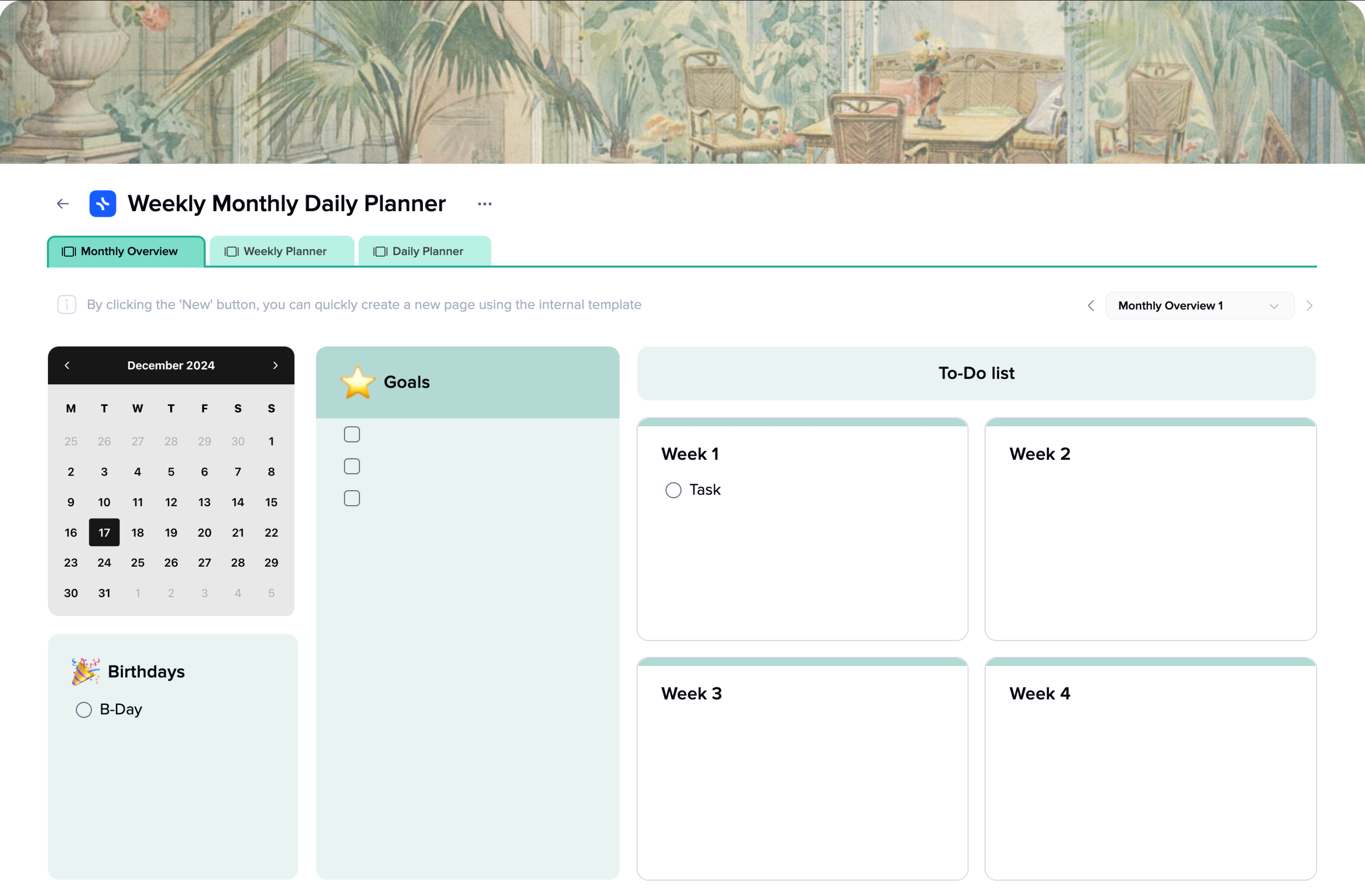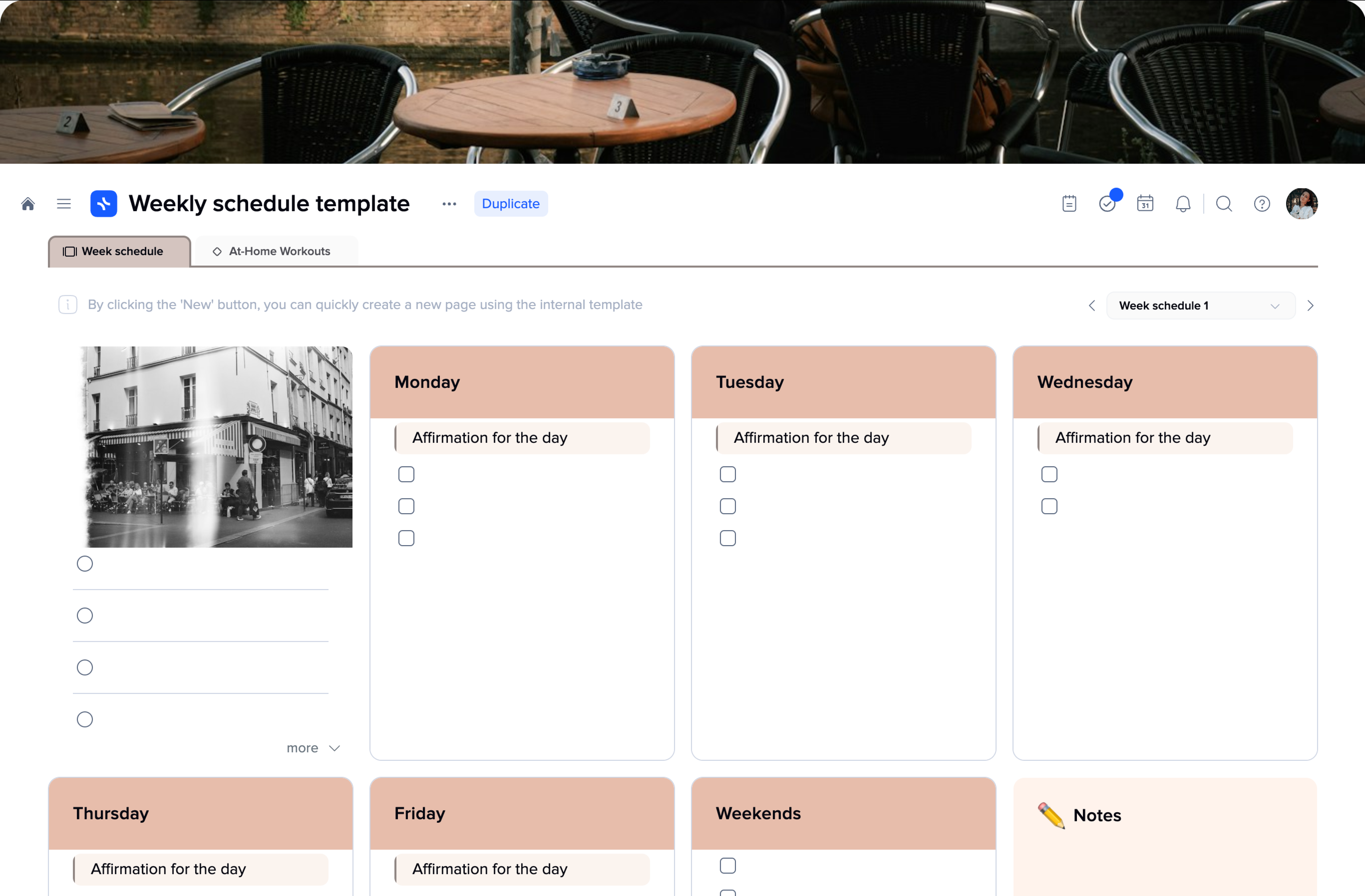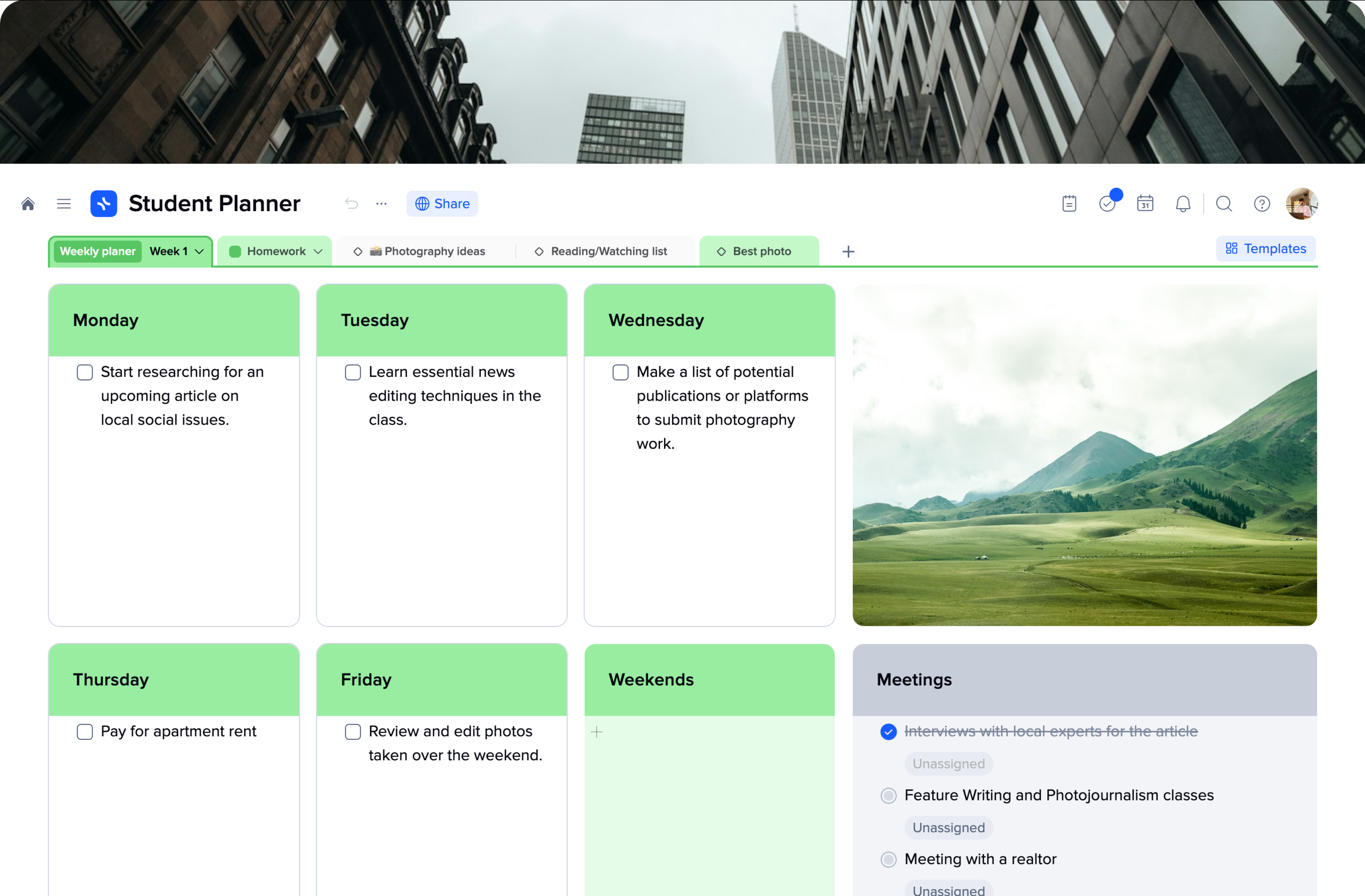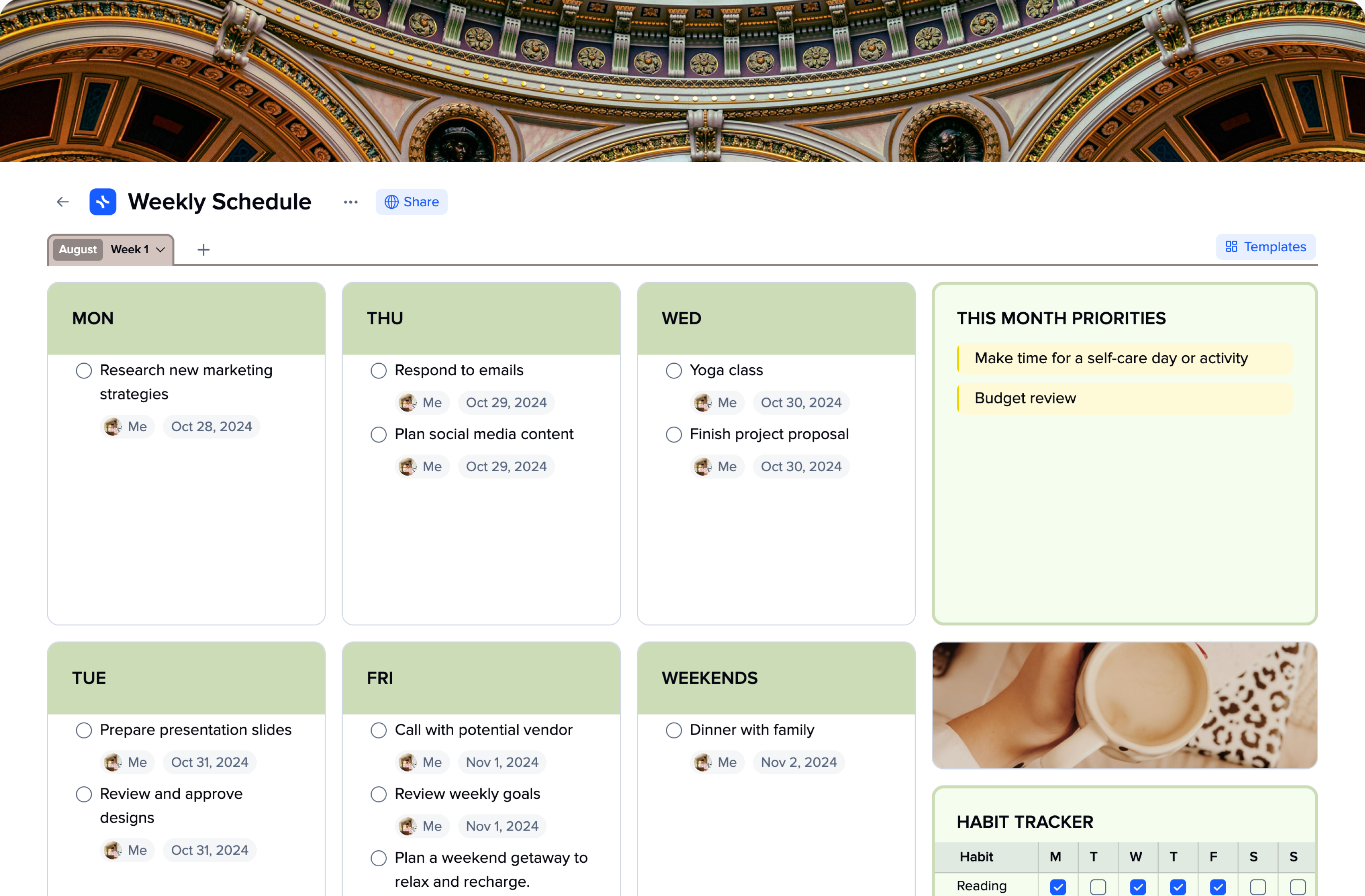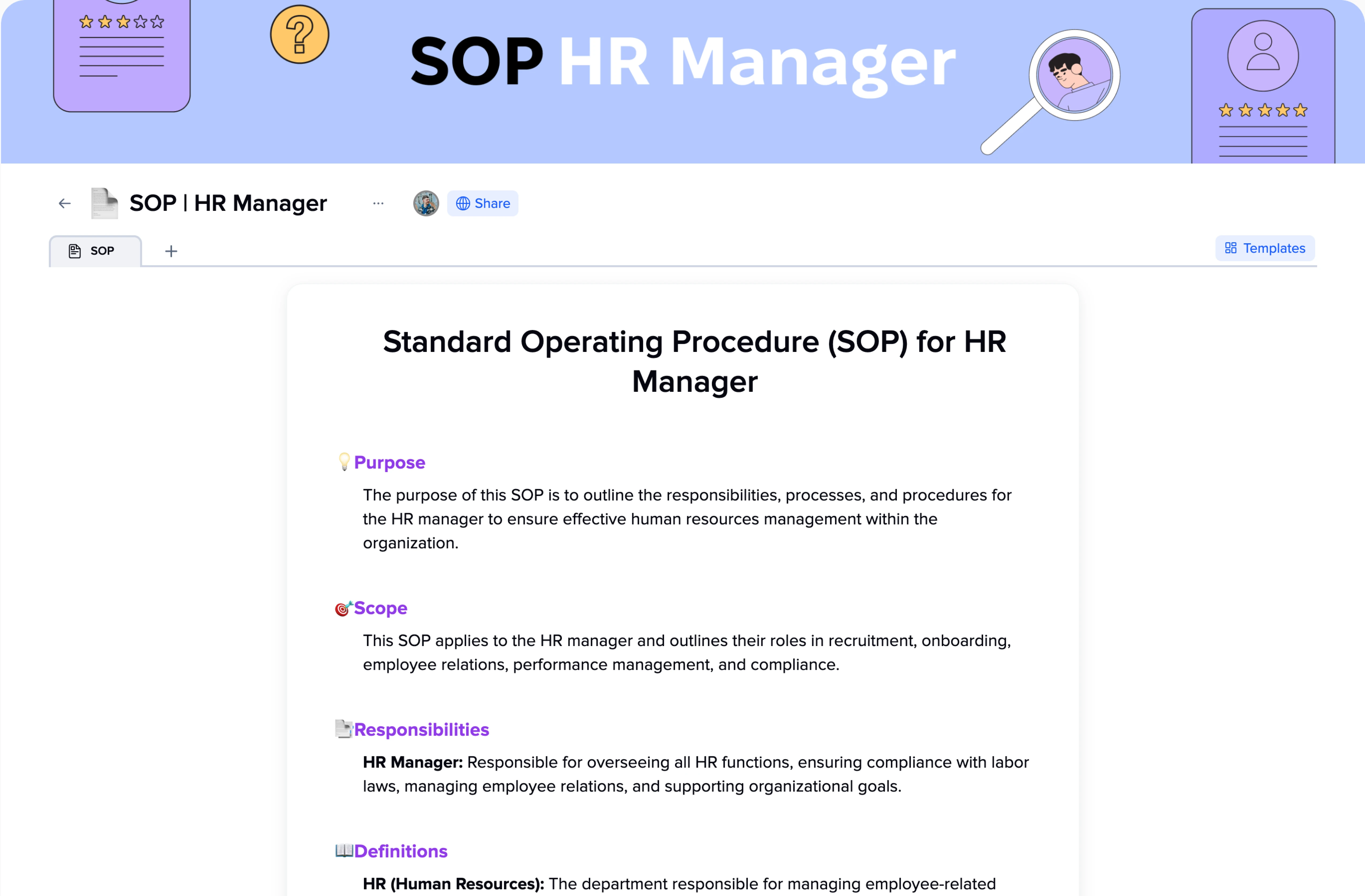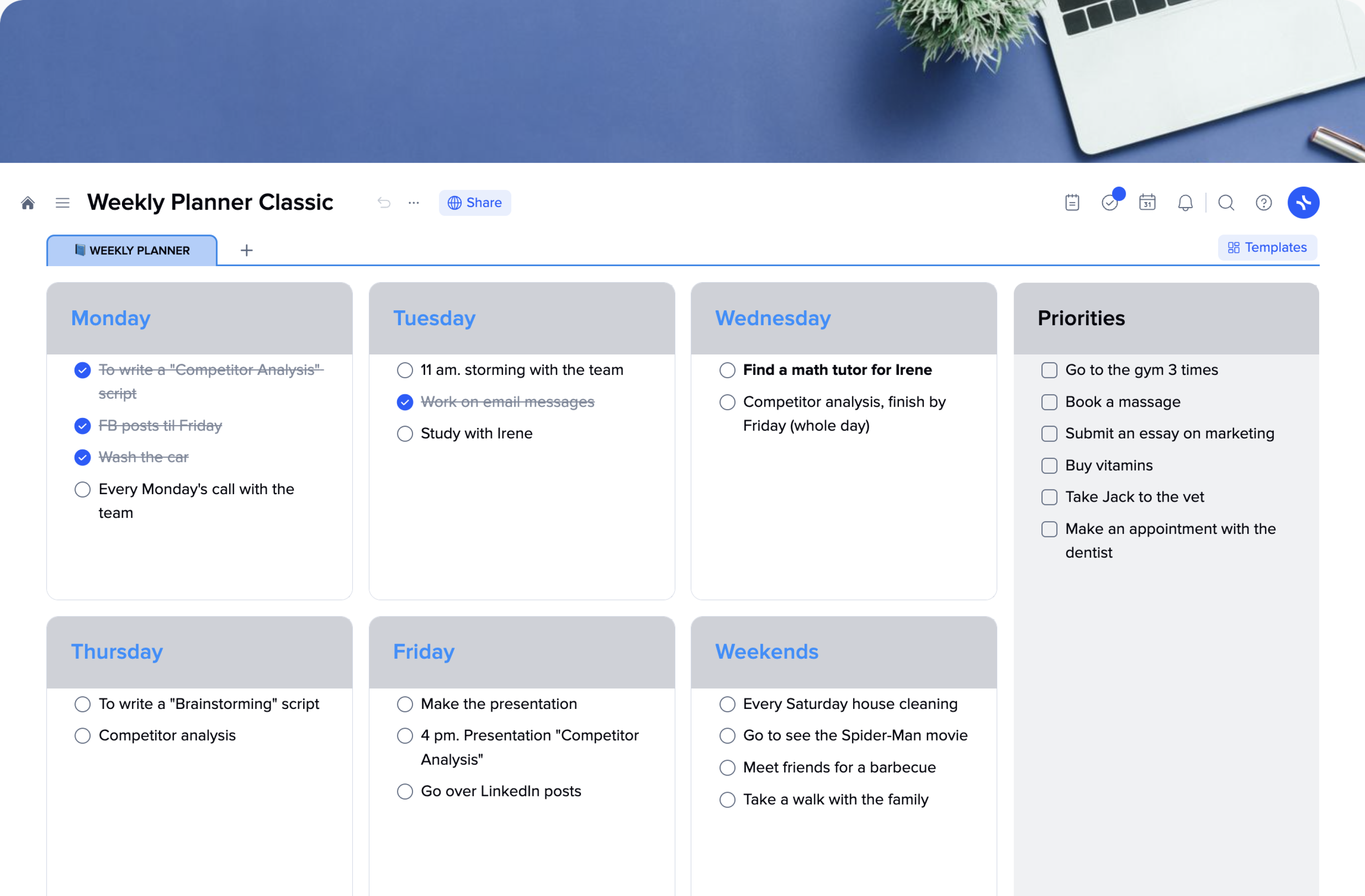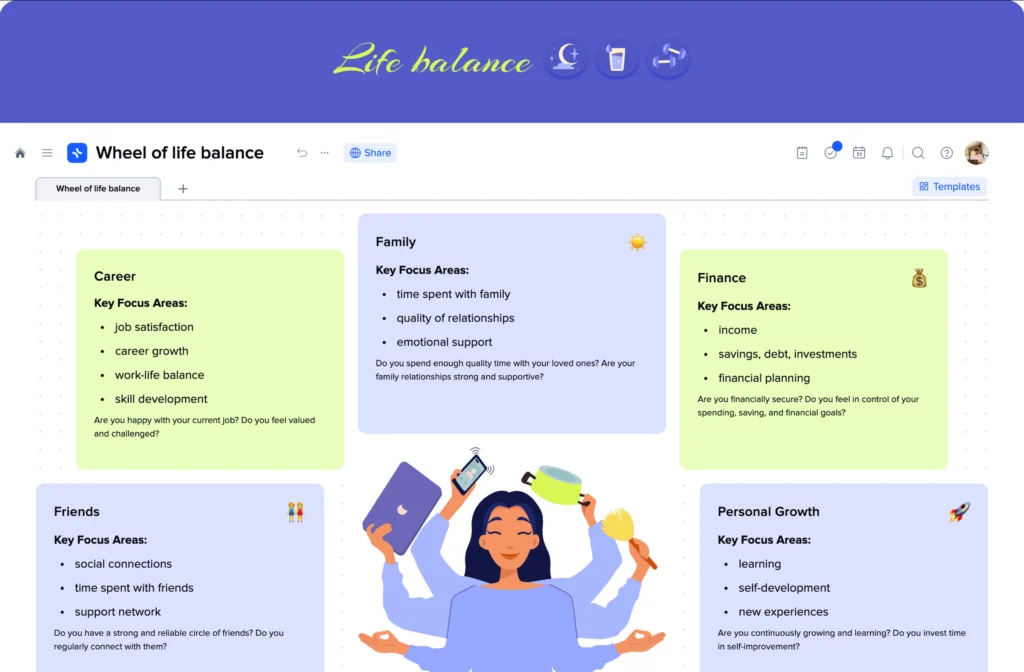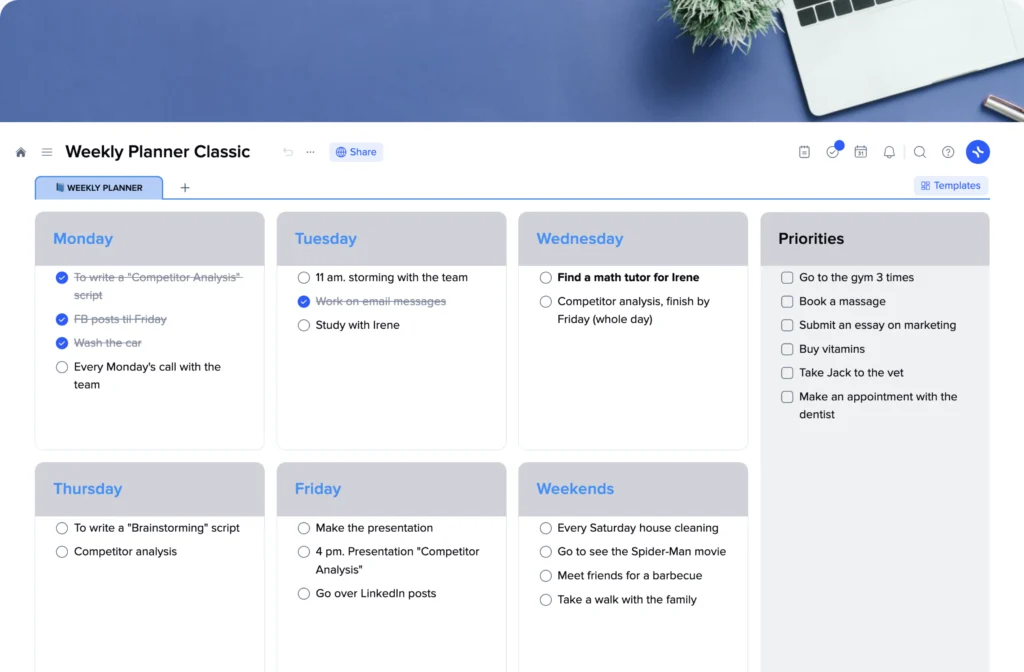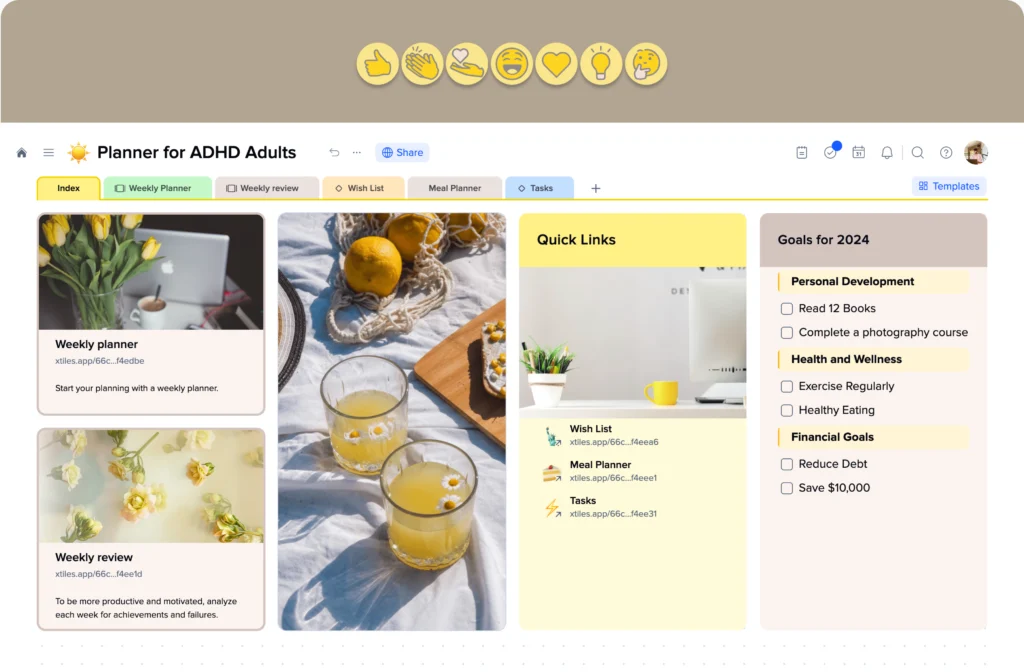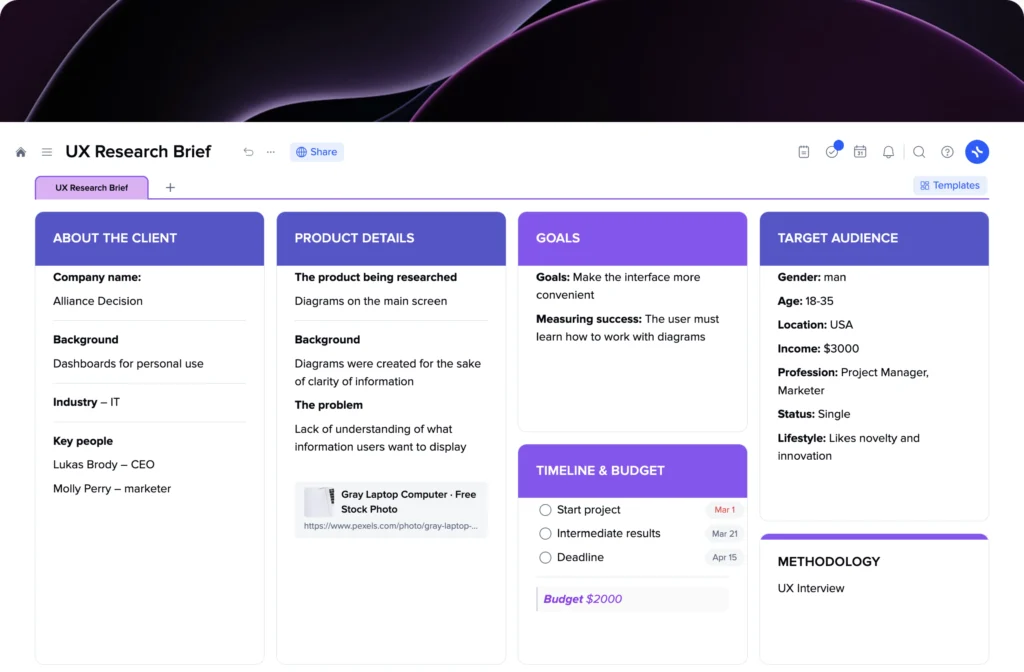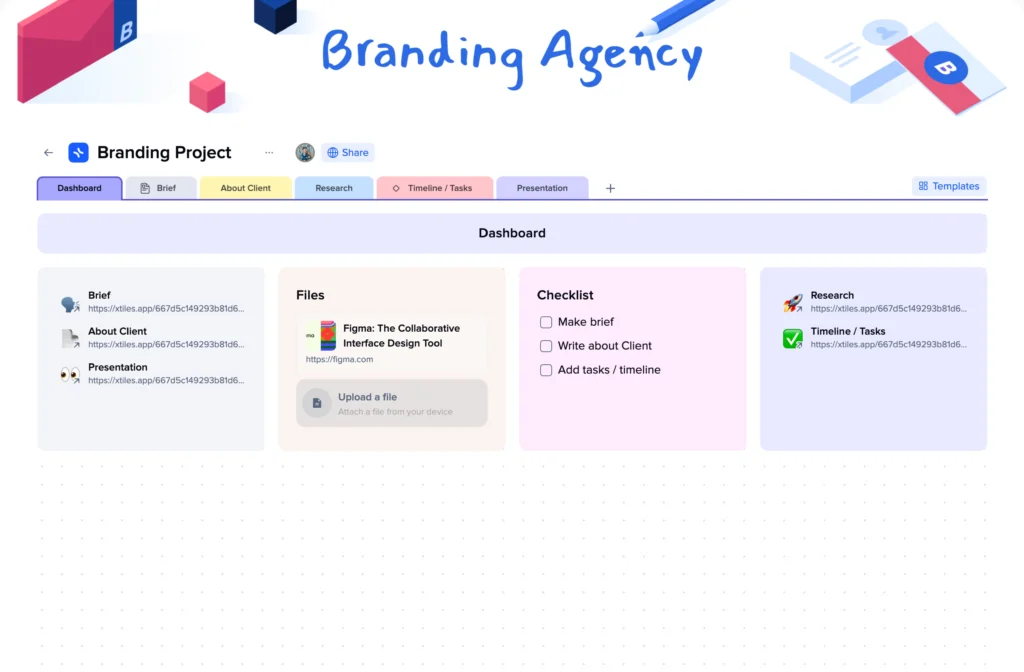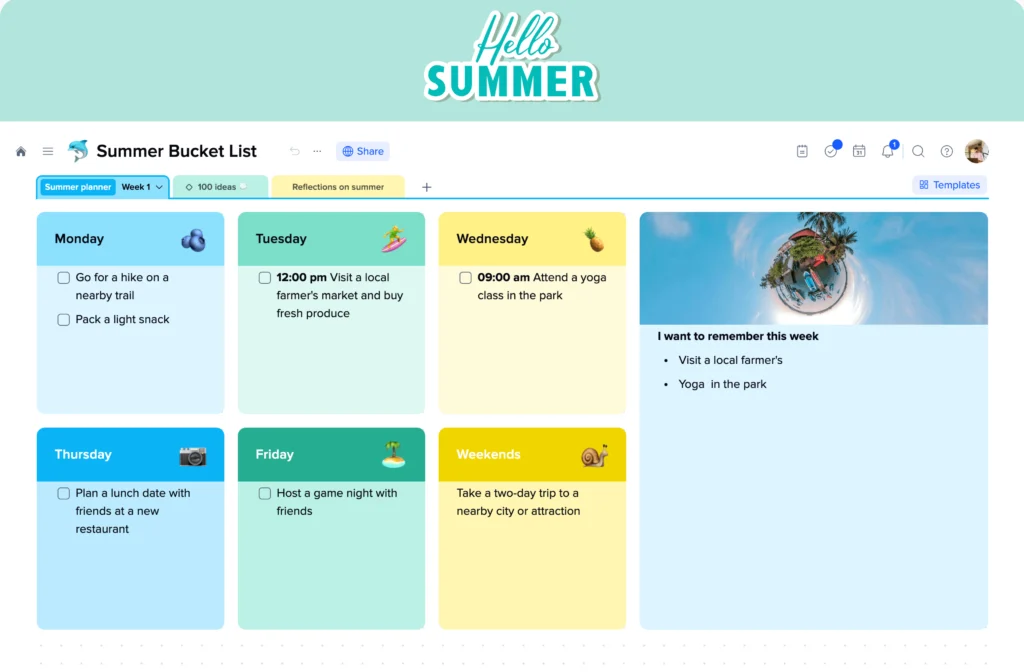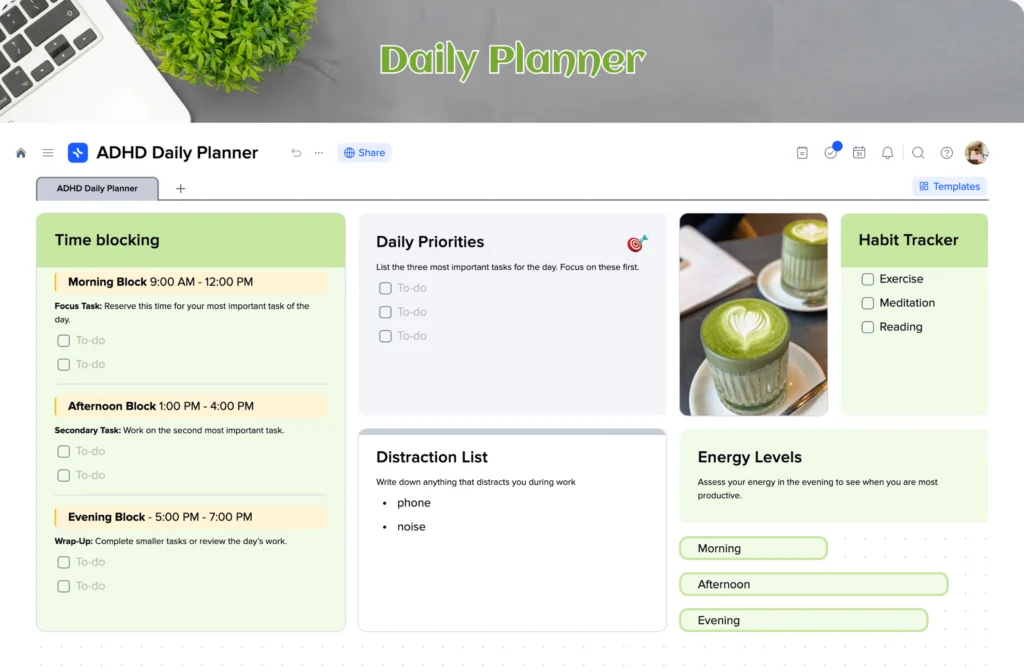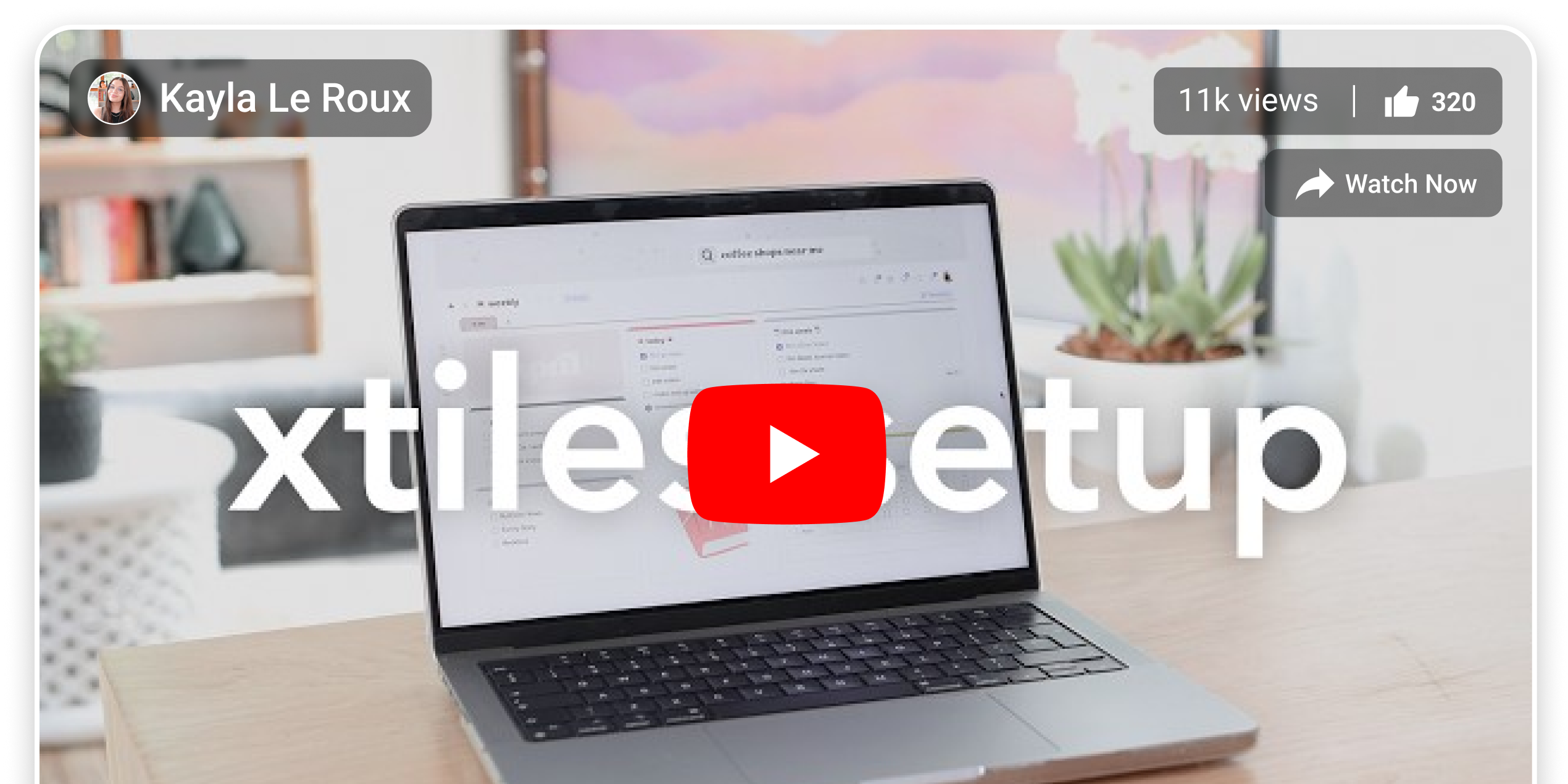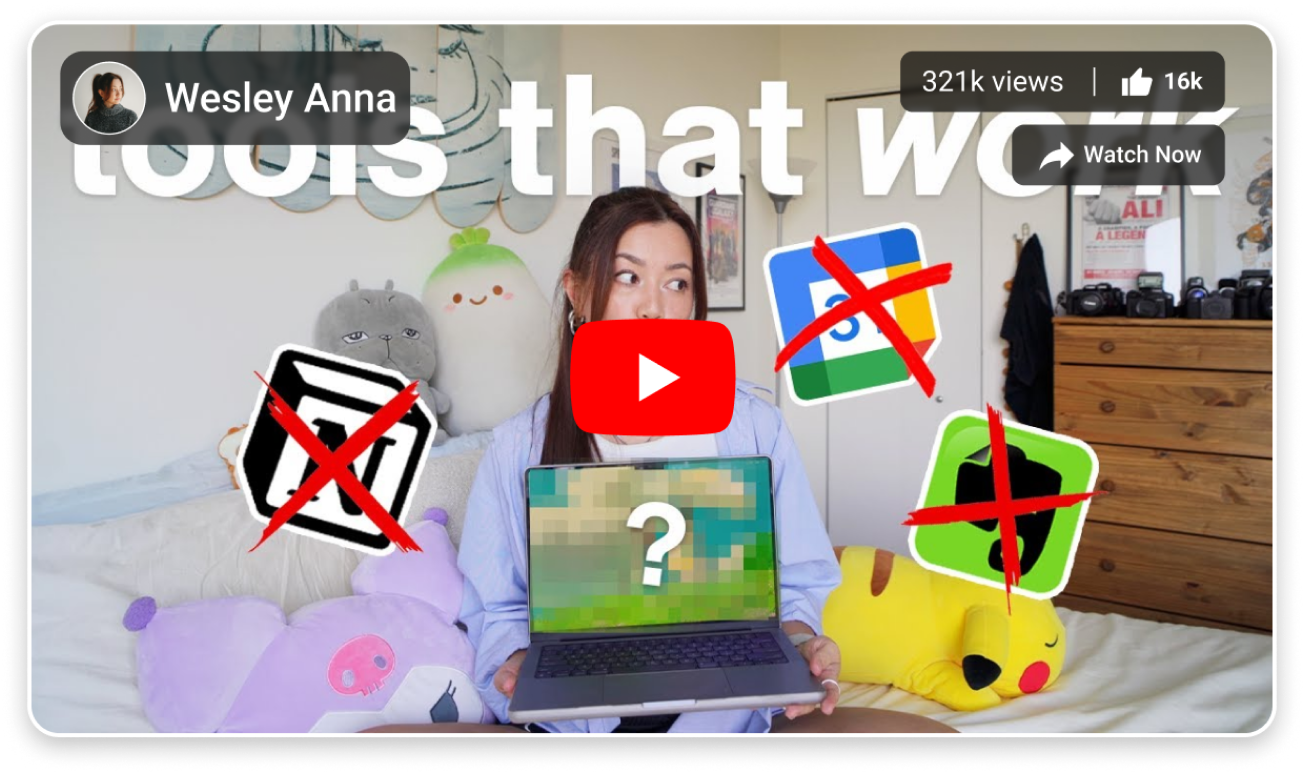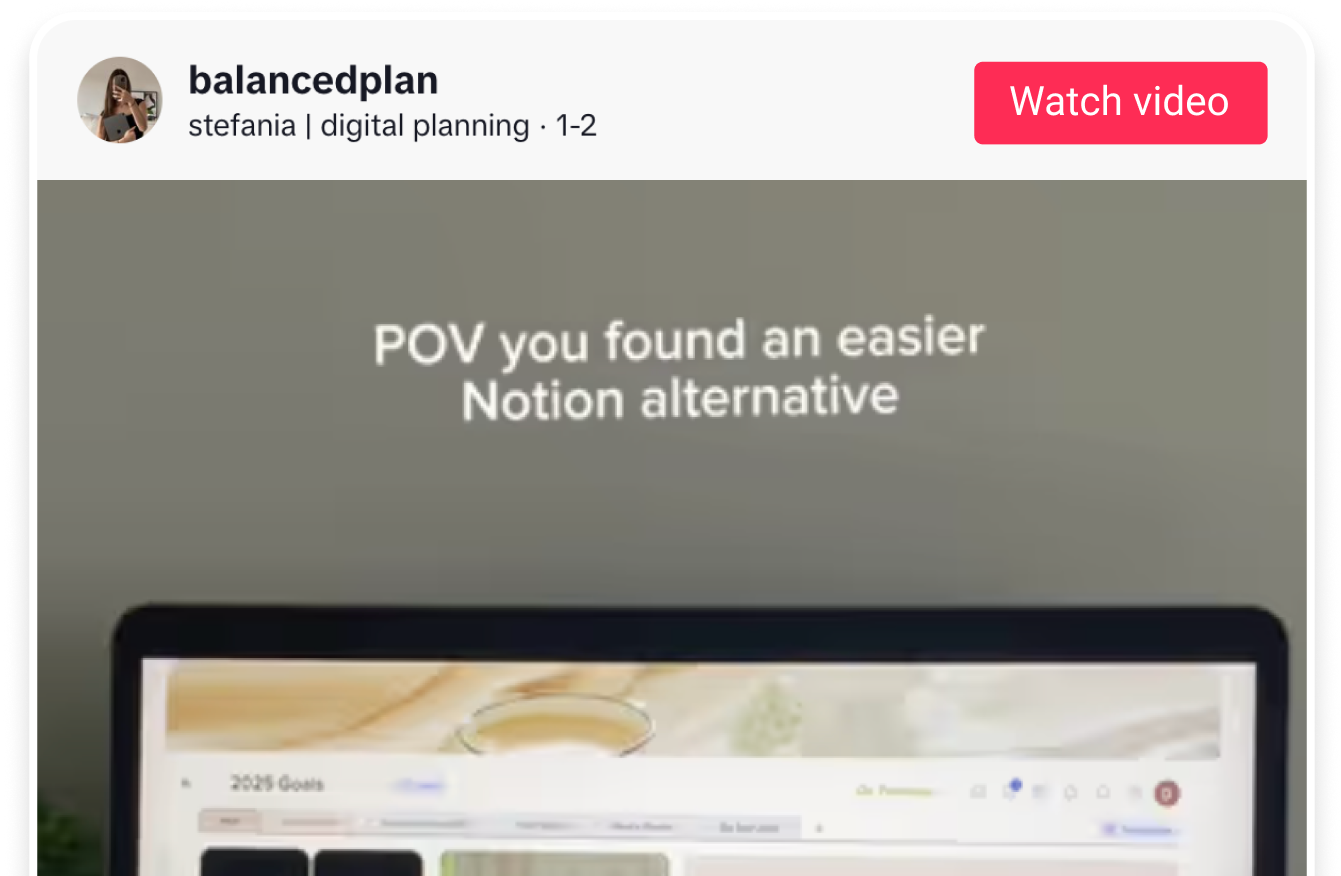Product Canvas Template
What is the most important thing for teams working on complicated tasks? Skills? Ideas? Budget? Well, all those are definitely important and define the final result. But they are not as important as healthy communication and understanding that you all are on the same page.
Product Canvas is a tool that helps teams to collaboratively determine and communicate the product vision and strategy they are about to pursue. Comprehensive Product Canvas also helps to communicate with your client or stakeholders.
Bringing together various aspects of a product, Product Canvas serves as a very specific knowledge base for a certain project where everyone may seek quick answers whenever they are in doubt.
A Product Canvas was developed to ease your team’s job. Structuring, gathering info, and determining the main points may take a lot of time. Imagine how far you will go using a Product Canvas template. It shortens the process significantly, leaving you responsible only for filling in all your data and reviewing it occasionally.
xTiles offers you a ready-to-use and free Product Canvas template that you can freely share with your colleagues and everyone who needs or wants to see it. We made it flexible and adaptive to the specific needs of different products and teams.
What is a Product Canvas?
A Product Canvas is well-known to be a first-step tool in defining a future project. Combining conciseness and informativeness, it defines what your project is, what it will/may become, and what strategy you need to develop and implement to succeed.
Product managers use Product Canvas to start the process that will lead to creating a product with incredible user experience and useful features. If we measure this tool from a management perspective, it unites Agile and UX by combining user stories with UX artifacts such as design sketches, scenarios, personas, etc.
A Product Canvas allows you to sell your future product to clients and investors with a single image, a single document. It also serves as a tool for communicating within big organizations or teams.

